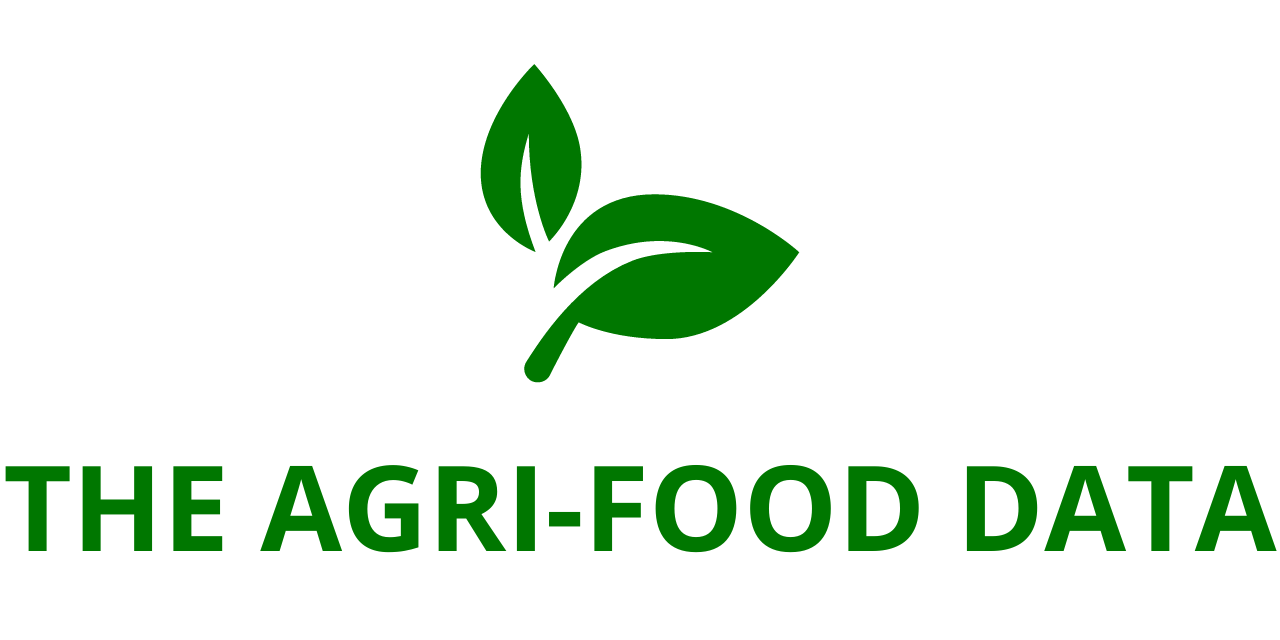
The recently published report “Agritech Market – Global Outlook & Forecast 2025–2030” from ResearchAndMarkets.com reveals a booming global agritech sector. The market, valued at USD 24.42 billion in 2024, is projected to nearly double, reaching USD 48.98 billion by 2030, growing at a compound annual growth rate (CAGR) of 12.3%. This substantial growth is attributed to increasing technological advancements, a growing emphasis on sustainable farming, government incentives, and the pressing need for food security in the face of a rising global population.
Key Growth Drivers: Technological Innovation and Government Support
At the core of agritech’s evolution is the widespread adoption of digital and smart technologies aimed at improving agricultural efficiency, yield, and sustainability. Technologies such as precision agriculture, Internet of Things (IoT), artificial intelligence (AI), machine learning, drones, and robotics are now integral to modern farming practices.
Leading companies are driving innovation to gain competitive advantage and expand their footprint. John Deere (Deere & Company) dominates the global agritech landscape with a commanding market share estimated between 15% and 18%. The company’s investments in autonomous machinery and the John Deere Operations Center, a digital platform for real-time farm management, have set industry benchmarks.
Trimble Inc., another major player, is recognized for its sophisticated GPS technologies and advanced field data analytics, positioning it closely behind John Deere. Bayer CropScience holds 8% to 10% market share, powered by its Climate FieldView platform that blends weather forecasting, data analysis, and field-level insights. AGCO Corporation contributes 7% to 9%, offering IoT- and telemetry-integrated equipment under its Fendt, Massey Ferguson, and Valtra brands.
CNH Industrial, through its New Holland and Case IH brands, provides smart agricultural solutions, such as telematics and satellite-guided machinery. Meanwhile, Corteva Agriscience, Kubota Corporation, Yara International, and Indigo Ag are heavily investing in digital agronomy, sustainable seeds, and climate-resilient technologies.
Startups like CropX, Farmers Edge, and Taranis are also gaining market traction by introducing niche innovations, such as AI-powered irrigation systems, drone monitoring, and blockchain-based supply chain solutions. These newer entrants are helping drive adoption among smaller farms, especially in developing markets.
Major Trends Transforming the Agritech Landscape
1. Rise of Vertical Farming and Controlled Environment Agriculture (CEA)
Vertical farming and CEA are revolutionizing food production, especially in urban settings with limited arable land. These methods utilize hydroponics, LED lighting, and climate control systems to enable year-round cultivation with minimal resource use. Companies like AeroFarms and Plenty are leading the charge, offering high-yield vertical farms that use 95% less water and eliminate the need for traditional soil-based farming.
Governments and private investors are increasingly funding vertical farming ventures to combat urban food deserts, reduce carbon footprints, and enhance food security. As climate change continues to threaten conventional farming, CEA will become a vital tool in global food systems.
2. Accelerated Investments in Agri-Biotechnology
In 2023, global investments in agritech surpassed USD 27 billion, a 19% increase from the previous year. A significant portion of these funds has gone toward agri-biotechnology, especially in the development of drought- and pest-resistant crops, genetically enhanced seeds, and precision fertilization. As climate volatility grows, these technologies are essential for sustaining yields and protecting crops.

3. Government Initiatives and Incentives
Government support remains a cornerstone for agritech adoption. Initiatives like the EU’s Horizon Europe program, allocating over $10 billion toward sustainable agricultural R&D, and the U.S. Farm Bill, which earmarks $500 million for precision agriculture, are transforming the landscape.
North American countries, including the U.S. and Canada, are also offering tax credits to incentivize agritech adoption. Meanwhile, Asian nations such as India, China, and Japan have implemented nationwide smart farming initiatives and equipment subsidies to help farmers embrace digital agriculture.
Addressing the Challenges: Barriers to Agritech Adoption
Despite the promising outlook, several roadblocks persist.
1. Digital Literacy Gaps in Rural Regions
A major challenge is the limited digital literacy among rural farming communities, particularly in emerging economies. Lack of internet access, technical education, and affordable devices inhibits smallholders from benefiting fully from agritech solutions. Bridging this divide requires coordinated efforts from governments, NGOs, and private sector partners through education and infrastructure development.
2. High Capital Requirements
Adoption is also hindered by the high initial costs associated with advanced technologies like autonomous tractors, drone systems, and precision irrigation. Equipment costs often exceed USD 100,000, making them out of reach for small and medium-sized farms without government grants or financing schemes. To address this, manufacturers are exploring leasing models, while some governments are rolling out low-interest loan programs to ease financial burdens on farmers.
Regional Outlook: A Global Shift Toward Smart Agriculture
North America: Market Leader
North America holds the largest market share, contributing over 35% in 2024. The region benefits from widespread adoption of smart farming tools, strong R&D funding, and favorable policy frameworks. The U.S., in particular, is home to several agritech giants and a vibrant startup ecosystem.
Asia-Pacific: Fastest Growth
Asia-Pacific is the fastest-growing region, fueled by the need to feed a population of over 4.7 billion. China and India are investing heavily in agritech to improve productivity and food security. National strategies like Japan’s Smart Agriculture Project and Australia’s Ag2030 Roadmap are catalyzing digital transformation in agriculture.
Europe: Sustainability-Driven Adoption
Europe’s mature agritech market is driven by strict environmental regulations and strong demand for organic and traceable produce. In 2023 alone, the EU allocated €1.3 billion under Horizon Europe for agricultural innovation. Moreover, robotics adoption is rapidly increasing, with over 25% of farms in Northern Europe using automation by late 2023, reducing operating costs by up to 40%.
Latin America: Rising Demand and Urbanization
In Latin America, growing urban populations and food demand are fueling agritech growth. Brazil, for instance, is investing in digital agriculture to combat resource inefficiency and expand food output. As sustainability becomes a priority, partnerships between global agribusinesses and local startups are on the rise.
Middle East & Africa (MEA): Focus on Water Conservation and Food Security
MEA countries face unique challenges such as arid climates and water scarcity. As a result, governments like the UAE have implemented the “Food Security Strategy 2051”, which emphasizes sustainable farming practices and drone use. In South Africa, the government’s Agriculture and Agro-processing Master Plan is driving the integration of digital technologies into traditional farming. Furthermore, venture capital is making inroads into the region; for example, Egyptian agritech startup Greenhouse raised USD 1.5 million in 2023 to scale its vertical farming operations.






